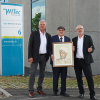NIREOS will receive a €1.5 million grant from the European Innovation Council (EIC) for a project called HYPERIA. This aims to develop an innovative hyperspectral camera based on NIREOS’ proprietary technology: time-domain Fourier transform spectroscopy. This will enable the development of a hyperspectral imaging system with a hitherto inaccessible level of sensitivity even in low-light illumination conditions, covering a dramatically wider wavelength range from the visible to the short-wavelength infrared.
HYPERIA is one of the 42 projects selected for funding from 292 submitted in the EIC Transition call, aimed at transforming research results into innovation opportunities. The EIC is the European flagship programme to identify, develop and scale up breakthrough technologies and game-changing innovations.





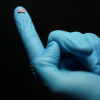
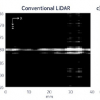
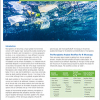
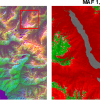
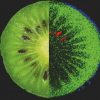
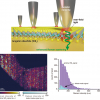
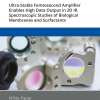
![Targeted proton transfer charge reduction (tPTCR) nano-DESI mass spectrometry imaging of liver tissue from orally dosed rat (Animal 3). a) optical image of a blood vessel within liver tissue. b) Composite ion image of charge-reduced haeme-bound α-globin (7+ and 6+ charge states; m/z 2259.9 and m/z 2636.3 respectively, red) and the charged-reduced [FABP+bezafibrate] complex (7+ and 6+ charge states; m/z 2097.5 and m/z 2446.9 respectively, blue). c) Ion image composed from charge-reduced haeme-bound α-globin (7+ and 6+ charge states) showing abundance in blood vessels. d) Ion image composed from charge-reduced [FABP+bezafibrate] complex (7+ and 6+ charge states) showing abundance in bulk tissue and absence in the blood vessel. Reproduced from https://doi.org/10.1002/ange.202202075 under a CC BY licence. Light and mass spectromert imaging of tissue samples](/sites/default/files/styles/thumbnail/public/news/MSI%20drug-protein%20complex-w.jpg?itok=CBNIjyYl)
